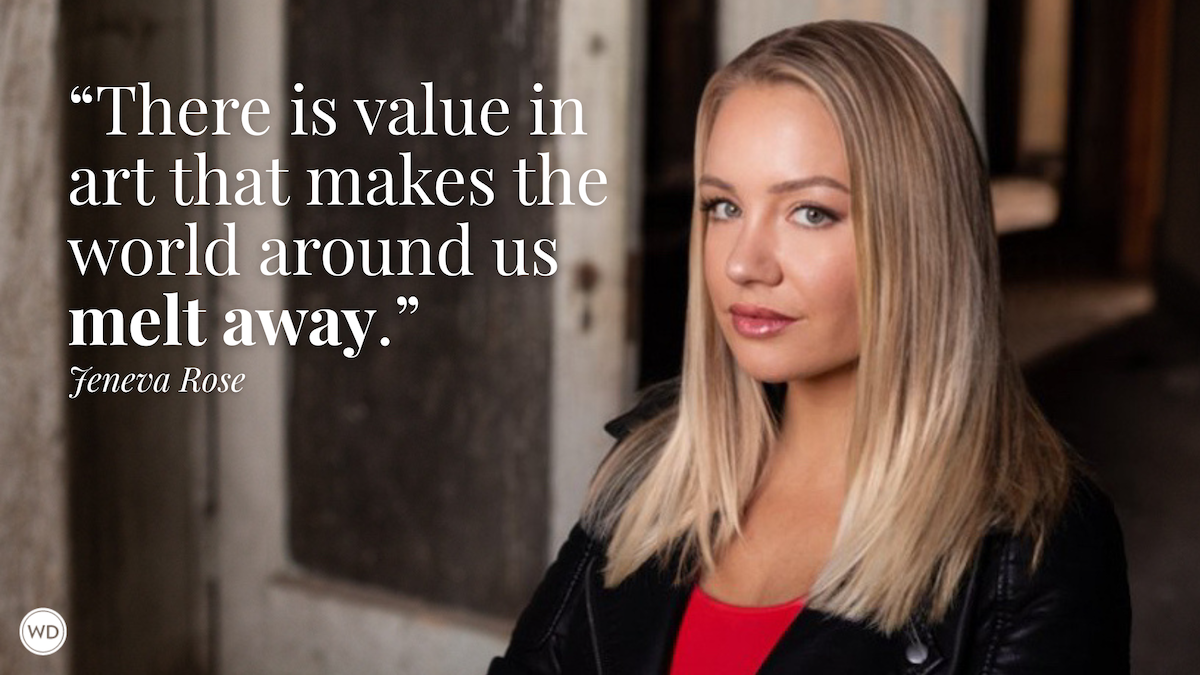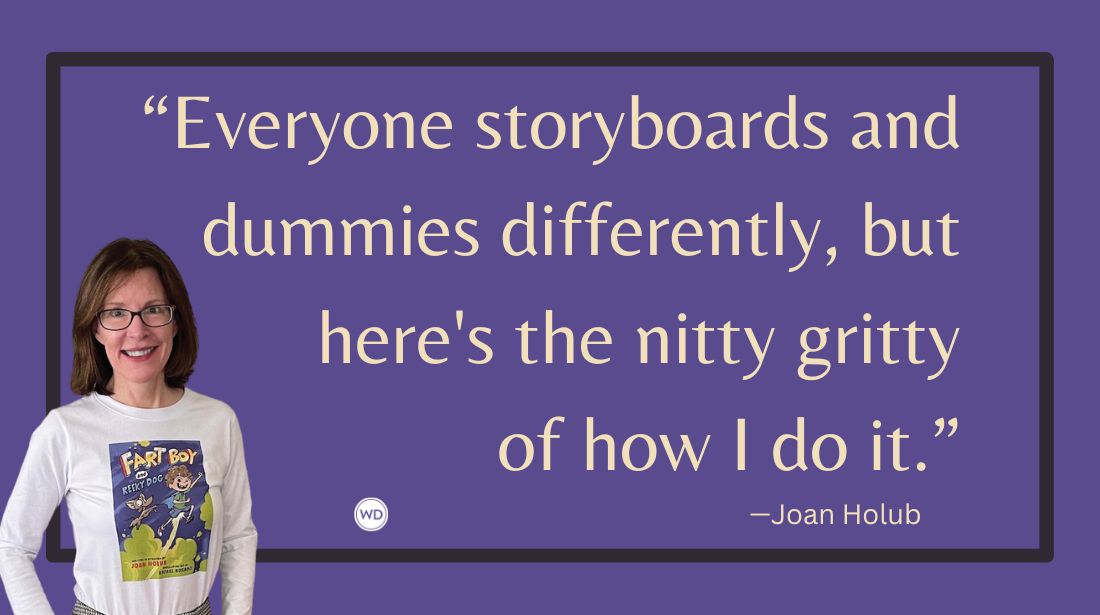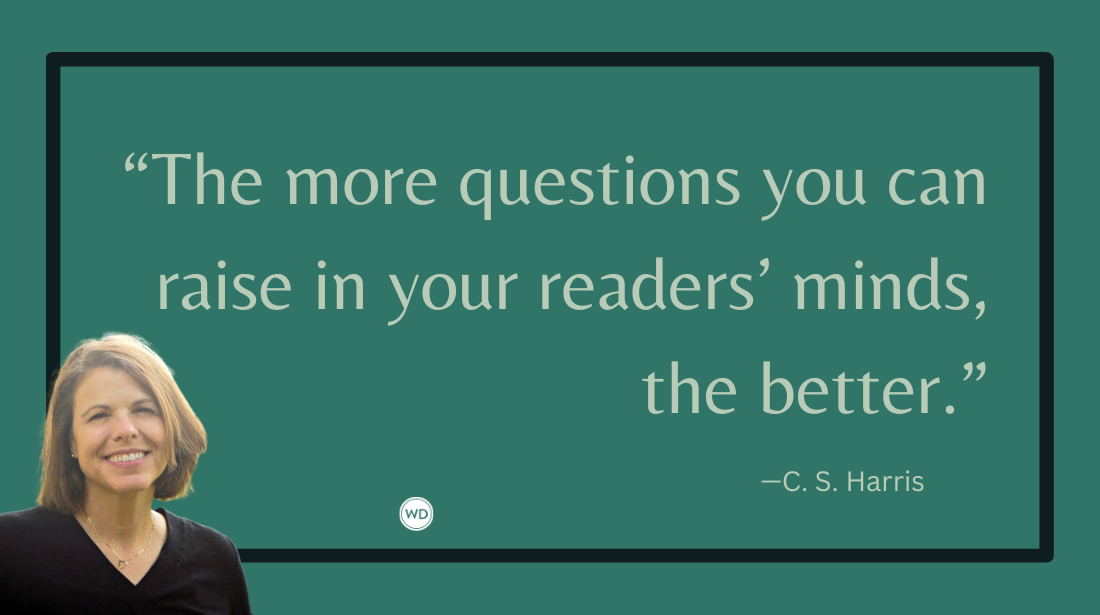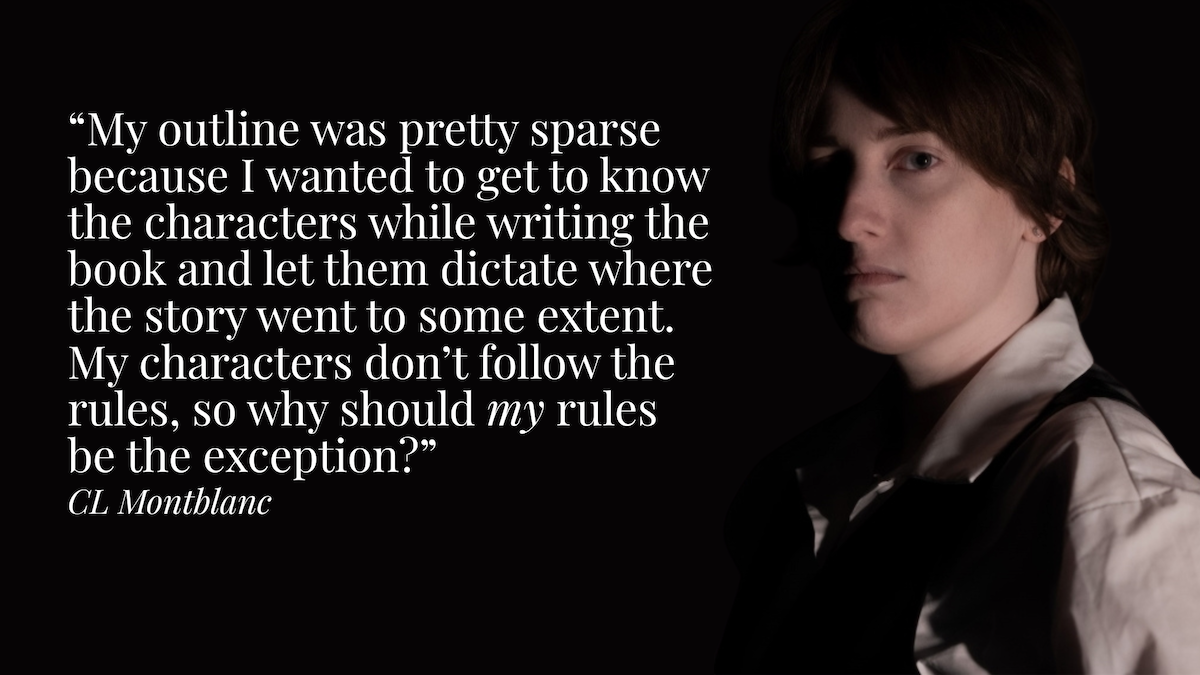Where Are the Toxic Families in Children’s Books?
Christina Wyman discusses how for children who suffer difficult family dynamics, seeing their experiences reflected in books is few and far between.
I am a writer and teacher of children’s literature. We now know that, as measures to battle Covid-19 were at their most austere, domestic violence surged on a global scale. Children—by virtue of being children—perhaps had less freedom than any of us as we navigated orders to stay home. As they were confined at home, unable to escape with friends, interact with teachers, and experience models of healthy relationships, children from toxic families needed to see themselves represented in books now more than ever before. Where are these stories?
As a child, I was an avid reader and often settled in with a Nancy Drew mystery or a Baby-Sitters Club adventure. And while my bookshelves might have offered a couple of fun breaks from the toxic family dynamics that narrated my childhood, profound escapism was fleeting. Children’s books of the 1980s and 1990s simply did not contain young characters who were forced to navigate the grim realities of being born to emotionally unstable families, and this dearth of literary representation remains true of today’s children’s book publishing industry.
Had this pandemic occurred 30 years ago, I would have been a child stuck in a tense and emotionally volatile home without much opportunity for a reprieve and without any hope of seeing myself reflected in the literature I read. As I continue to gorge on my steady diet of popular children’s literature (I’m insatiable in this regard), it's clear to me that not much has changed.
An emotionally unstable home life can often be difficult—if not impossible—to identify, especially for the children experiencing it. I wasn’t beaten or starved. I had food to eat, clothes on my back, and a roof over my head. I wasn’t locked inside a room or made to eat dinner out of the garbage after protesting the contents of a meal. Such examples of child abuse are straightforward and easy to identify. As a former middle school teacher, making calls to our state’s version of Child Protective Services was sometimes as much a part of my job as grading and planning. It’s thanks to mainstream notions of what child abuse is and looks like that I never struggled to explain the reason for my phone calls.
I would, however, struggle for nearly 40 years to define why my own childhood seemed so “off.” Unable to navigate my crumbling mental health on my own, I eventually landed into trauma-based therapy. It was in therapy that I’d learn how, while all of my physical needs were met, I was emotionally manipulated and held responsible from a young age for mitigating my parents’ adult emotions and behaviors, much of which were toxic and unstable. To imagine a child being consumed by her parents’ emotional instability because school closed down during a pandemic seems unthinkable. To have no way out of this dynamic adds a layer onto “shelter-in-place” that children from healthy and loving families do not have to contend with.
As we all emerge from the pandemic a bit weary and bleary eyed, many of us battling worsened mental health, I'm forced to consider the children who are growing up as I had and the kinds of stories that might have helped to pass the time: stories that encourage them to feel normal under abnormal conditions. As a child, I’d read Roald Dahl’s Matilda and delighted in the minor forms of revenge that the protagonist had taken against her toxic parents. Years later, I’d read that story with my students. But had a student asked for another book recommendation where children their age deal with difficult family dynamics, I’d have come up empty. Decades earlier, had I’d asked the same of my own teachers, I’m sure they’d have come up empty.
It’s because of this dearth that I’ve fallen headfirst into the project of writing books that showcase children who struggle with an unremarkable and deceptively common type of family: one in which siblings are at war with each other, and parents too wrapped up in meeting their own emotional needs to be concerned with whether their children are getting along or adjusting well to the world around them. In my books, kids and teens are the scapegoats for all that goes wrong in the home and parents are unwilling to accept accountability for their deteriorating family, preferring instead to offload that job onto their children. There’s nothing unique or extraordinary about such families, and I remain puzzled by the relative literary silences about them.
In sum, the characters I create are tasked with saving themselves. They turn out better than OK in the end—no thanks to most of the adults who occupy their small worlds. Such stories reflect real-world experience for many children, an issue brought to bear by last year’s lockdown. With my own books, I hope to follow in the footsteps of Shannon Doleski’s popular debut, Mary Underwater, about a child scientist forced to contend with her violent father and enabling mother. The toxic family dynamics featured in this book are not subtle, glossed over, or delivered as an after-thought—they are as much a part of the storyline as the main character’s desire to build a submarine for a school project. I first read this book during the pandemic and remain in awe of the author’s brave and masterful attention to the cruel realities that many children face. We need more books like this, and we need them now.
It took more than three decades for me to see my life as a scapegoated daughter reflected in the books I read. Self-help texts and adult memoirs are replete with imagery of outcast children, and with these books (and therapy) I’ve finally been given language to understand my childhood experiences. But how nice it would have been, to have accessed a story or two about a child who had everything she needed—but for her family’s love, sobriety, impulse control, psychological stability, and emotional availability.
If mean, enraged and emotionally absent parents remain the domain of self-help and adult memoirs, there is a large swath of children for whom a sense of belonging—a fundamental belief that they are enough, worthy, and normal—will remain elusive. This dearth sends a real message to all readers: That only a certain kind of child with a certain kind of story matters and is worthy of being told. That all other life stories are too taboo to make it to print. This is a harmful misstep that requires course correction, stat.
My wish, as a teacher and writer of children's literature, is a modest one: We have untold lessons to learn from this pandemic. May one of them be a fuller understanding of the young audiences that our nation’s publishing industry and teacher’s bookshelves have yet to serve. An entire generation of mental health outcomes relies, in part, on this knowledge.
Christina Wyman is a USA Today bestselling author and teacher living in Michigan. Her highly anticipated middle-grade novel, “Slouch,” is about a tall girl navigating friends, family, self-esteem, and boundaries, is available wherever books are sold, including through local independent bookstores. Her debut novel, “Jawbreaker,” a middle-grade book that follows a seventh-grader with a craniofacial anomaly, is a Publishers Weekly Best Books of 2023.








